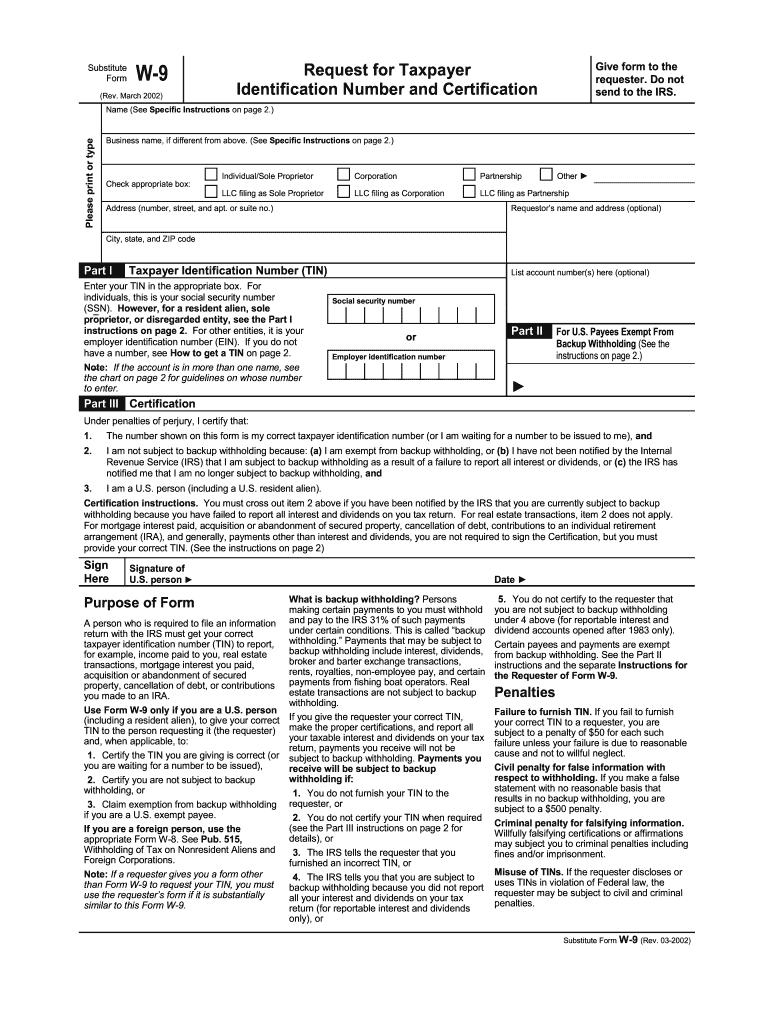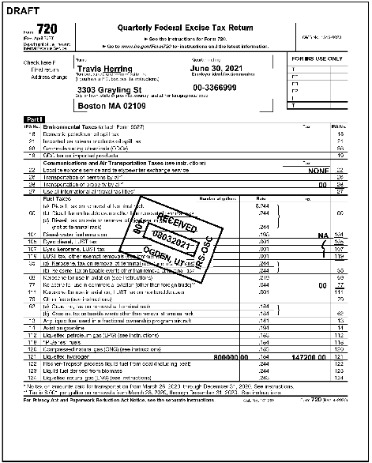
If the debit balance is higher than the credit balance on the trial balance, there is probably a mistake somewhere. This is because a trial balance is not the same as an income statement; instead, its purpose is to show that the books are balanced. Numbers could have been entered incorrectly, something that should have been debited may have been credited and vice versa, or it could be a simple math error. Other mistakes include applying a transaction to the wrong account or forgetting to enter data. The main differences between debit and credit accounting are their purpose and placement.
5 tips on how to avoid overspending – msnNOW
5 tips on how to avoid overspending.
Posted: Tue, 05 Sep 2023 09:30:00 GMT [source]
Expense accounts normally have debit balances, while income accounts have credit balances. It belongs on the credit portion of your balance sheet because it represents funds that have been credited to your bottom line, increasing your net worth. Income recorded as a credit on a balance sheet represents net income, or the amount that you actually earned after subtracting expenses. Understanding accounting basics is critical for any business owner. Read on to understand debit and credit accounting, the concept of double-entry accounting and a few accounting best practices.
Normal Balance
The same is true for owners’ equity, but it contains net income that needs a little more explanation, which we’ll do in the next section. Owners’ equity accounts represent an owner’s investment in the company and consist of capital contributed to the company and earnings retained by the company. The asset accounts are on the balance sheet and the expense accounts are on the income statement. In business, service revenue would cause an increase in the business’s equity. Recall, that a credit entry serves to cause an increase in revenue, equity, or liability accounts while decreasing expense or asset accounts. Therefore, since service revenue is responsible for an increase in equity, it has to be recorded as a credit and not a debit.

In double-entry bookkeeping, all debits are made on the left side of the ledger and must be offset with corresponding credits on the right side of the ledger. On a balance sheet, positive values for assets and expenses are debited, and negative balances are credited. The complete accounting equation based on the modern approach is very easy to remember if you focus on Assets, Expenses, Costs, Dividends (highlighted in chart).
What is your current financial priority?
Investing involves market risk, including possible loss of principal, and there is no guarantee that investment objectives will be achieved. Insurance services are provided through First Republic Securities Company, DBA Grand Eagle Insurance Services, LLC, CA Insurance License # 0I13184. The double-entry system can reduce accounting errors because the balancing-out step works like a built-in error check. Our seasoned bankers tap their specialized industry knowledge to craft customized solutions that meet the financial needs of your business.

Since we deposited funds in the amount of $250, we increased the balance in the cash account with a debit of $250. On the other hand, a credit (CR) is an entry made on the right side of an account. It either increases equity, liability, or revenue accounts or decreases an asset or expense account (aka the opposite of a debit). Using the same example from above, record the corresponding credit for the purchase of a new computer by crediting your expense account.
When to Use Debits vs. Credits in Accounting
She does one-on-one mentoring and consulting focused on entrepreneurship and practical business skills. First Republic and its affiliates do not provide tax or legal information or advice. This information is governed by our Terms and Conditions of Use. Understanding the definition of an account in accounting terms is important. An account has many different applications in finance, and its usage and terminology can differ.
Should You Set Up Autopay on Your Credit Cards? – The Motley Fool
Should You Set Up Autopay on Your Credit Cards?.
Posted: Mon, 04 Sep 2023 10:30:22 GMT [source]
In the below example, Jaclyn, the owner of a coffee shop, purchased an espresso maker. While the new espresso maker is an asset that is increasing, the supplier of the espresso maker agreed to bill Jaclyn at a later date. As such, this liability is increasing, as Jaclyn now owes that money to her supplier.
Documenting receipt and payment of a bill
To record the increase in your books, credit your Accounts Payable account $15,000. We can illustrate each account type and its corresponding debit and credit effects in the form of an expanded accounting equation. Since increases in capital are recorded on the credit side of the capital account, all incomes are also recorded on the credit side of the relevant account.
These accounts normally have credit balances that are increased with a credit entry. Certain accounts are used for valuation purposes and are displayed on the financial statements opposite the normal balances. The debit entry to a contra account has the opposite effect as it would to a normal account.
By understanding how debits and credits affect equity accounts, businesses can keep accurate records of their financial position. When a company earns money, it records revenue, which increases owners’ equity. Therefore, you must credit a revenue account to increase it, or it has a credit normal balance. Expenses are the result of a company spending money, which reduces owners’ equity. Working from the rules established in the debits and credits chart below, we used a debit to record the money paid by your customer. A debit is always used to increase the balance of an asset account, and the cash account is an asset account.
This is a contra asset account used to record the use of a capital asset. Because this is a contra account, increasing it requires a credit rather than a debit. To record depreciation for the year, Depreciation Expense is debited and the contra asset account Accumulated Depreciation is credited. Income statement accounts primarily include revenues and expenses. Revenue accounts like service revenue and sales are increased with credits. For example, when a company makes a sale, it credits the Sales Revenue account.
- A business owner can always refer to the Chart of Accounts to determine how to treat an expense account.
- When accounting for these transactions, we record numbers in two accounts, where the debit column is on the left and the credit column is on the right.
- Accounts payable, notes payable, and accrued expenses are common examples of liability accounts.
- These articles and related content is the property of The Sage Group plc or its contractors or its licensors (“Sage”).
- General ledger accounting is a necessity for your business, no matter its size.
- If, for example, you have a debit of $1,000 from the purchase of a new computer, you would then create an equal credit for the asset of the computer.
Entries are recorded in the relevant column for the transaction being entered. Net income is the amount that a business actually earns, once the receipts and expenses are tallied and set off against each other on an income statement. This amount is then transferred to the credit section of the balance sheet, where it represents the positive side of the equation.
Recording a sales transaction
When you place an amount on the normal balance side, you are increasing the account. If you put an amount on the opposite side, you why measure channel and customer profitability are decreasing that account. Since cash was paid out, the asset account Cash is credited and another account needs to be debited.
When using T-accounts, a debit is on the left side of the chart while a credit is on the right side. Debits and credits are utilized in the trial balance and adjusted trial balance to ensure that all entries balance. The total dollar amount of all debits must equal the total dollar amount of all credits. Here are some examples of common journal entries along with their debits and credits.
